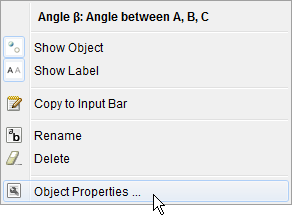Guest Post: GeoGebra Investigation of the Equiangular Spiral in the Flight of an Insect
If you are near an outside lamp after dark you will notice some insects spiraling around it. Are they simply attracted to the light?
If an insect positions its body in a certain direction and keeps a constant angle with the light rays coming from the Sun or the Moon (which are parallel), it will follow a straight line trajectory. However, people brought to the night sky electric lights emitting radial rays. The insects, continuing to follow the same way of orientation will keep a constant angle with the light rays, but this time they will not fly on a straight line. The trajectory will be an equiangular spiral.
Here are two GeoGebra applets modeling this phenomenon.
http://lima.osu.edu/people/
***
Irina Boyadzhiev (author) is a lecturer in mathematics at the Ohio State University at Lima. Her GeoGebra applets are available at:
http://lima.osu.edu/people/
